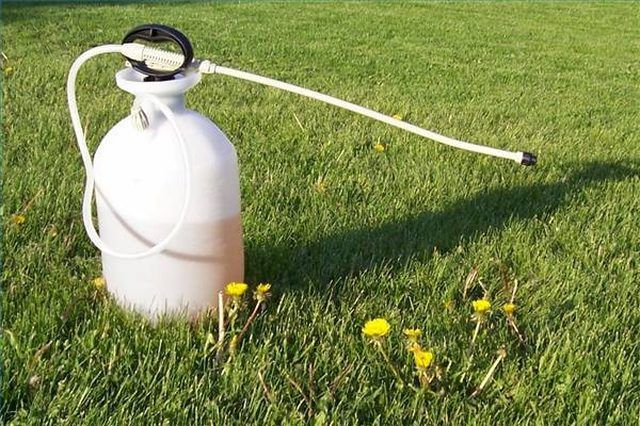Bulbs
Flower Basics
Flower Beds & Specialty Gardens
Flower Garden
Garden Furniture
Garden Gnomes
Garden Seeds
Garden Sheds
Garden Statues
Garden Tools & Supplies
Gardening Basics
Green & Organic
Groundcovers & Vines
Growing Annuals
Growing Basil
Growing Beans
Growing Berries
Growing Blueberries
Growing Cactus
Growing Corn
Growing Cotton
Growing Edibles
Growing Flowers
Growing Garlic
Growing Grapes
Growing Grass
Growing Herbs
Growing Jasmine
Growing Mint
Growing Mushrooms
Orchids
Growing Peanuts
Growing Perennials
Growing Plants
Growing Rosemary
Growing Roses
Growing Strawberries
Growing Sunflowers
Growing Thyme
Growing Tomatoes
Growing Tulips
Growing Vegetables
Herb Basics
Herb Garden
Indoor Growing
Landscaping Basics
Landscaping Patios
Landscaping Plants
Landscaping Shrubs
Landscaping Trees
Landscaping Walks & Pathways
Lawn Basics
Lawn Maintenance
Lawn Mowers
Lawn Ornaments
Lawn Planting
Lawn Tools
Outdoor Growing
Overall Landscape Planning
Pests, Weeds & Problems
Plant Basics
Rock Garden
Rose Garden
Shrubs
Soil
Specialty Gardens
Trees
Vegetable Garden
Yard Maintenance
How to Get Rid of Bahia Grass
How to Get Rid of Bahia Grass. Bahia grass is a native Brazilian grass that was imported for use in the U.S. Southeastern pastures and lawns because of its heat and drought tolerance. Bahia grass has deep roots, tough stolons and a flat habit of growth, making it sturdy and stubborn. Although newer varieties grow more evenly and are hardy further...
Bahia grass is a native Brazilian grass that was imported for use in the U.S. Southeastern pastures and lawns because of its heat and drought tolerance. Bahia grass has deep roots, tough stolons and a flat habit of growth, making it sturdy and stubborn. Although newer varieties grow more evenly and are hardy further north than the original cultivars, Bahia grass has proven unattractive in lawns. Some of its better attributes also give lawn owners good hints as to how to get rid of it.
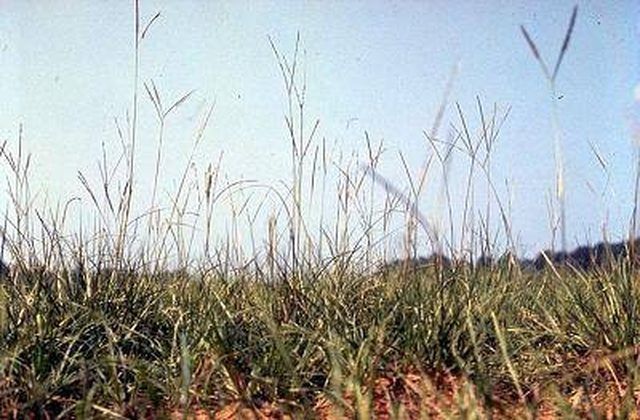
Things You'll Need
Lawn mower
Lawn irrigation system
Nitrogen-rich fertilizer
Post-emergent broadleaf weed and feed
"Cimarron" (previously "Ally") weed killer
Step 1
Plant trees. The vigor of Bahia grass fades in the shade. Shade trees, shrubs or a healthy stand of centipede or Bermuda grass will weaken it. Bahia's flat crowns die off as new ones are formed and shade retards the growth of new plants. Over time, the more attractive lawn grasses will win out as the Bahia thins. Newer varieties of Bahia grass may be more shade-tolerant than older types.
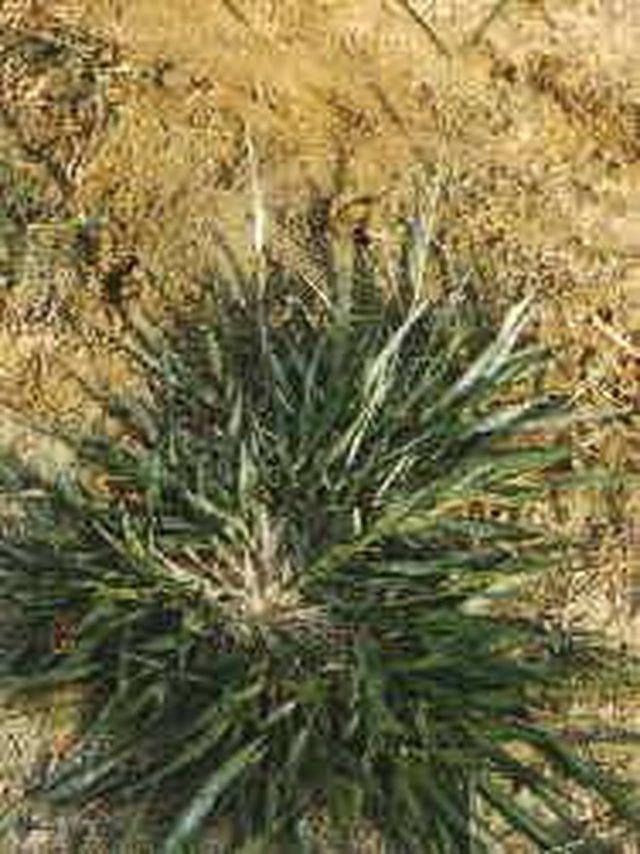
Step 2
Keep Bahia grass cut short all season long. Optimum length for this thick-bladed grass is 3 to 4 inches. Use a sharp rotary mower to keep it at a height of 1 to 2 inches so it can't store water effectively. Bahia grass vitality depends in part on its ability to set seed on V-shaped racemes. Frequent mowing helps slow the formation of these double seed stems. Remove more than 1/3 of the leaf whenever possible to put added stress on your Bahia.
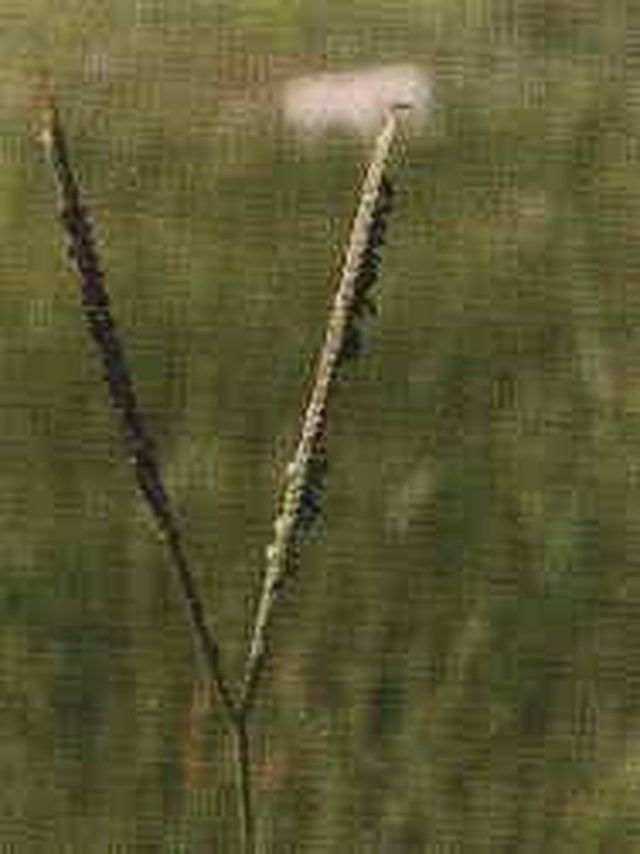
Step 3
Fertilize heavily. Bahia's low fertility needs make it a popular pasture grass. It responds poorly to acidic soil, any soil with a pH of more than 7.0. It also often needs a shot of iron mid-season. Use these needs to discourage your Bahia. Use a nitrogen-heavy fertilizer early and often. Check with your local U.S. Department of Agriculture extension service to find out how to amend your soil to make it less healthy for Bahia grass and more inviting to centipede or Bermuda grass. Since soil conditions vary within every climate area, your extension officer can best advise you on soil amendments, fertilizer types and schedules to kill your Bahia with kindness and temporarily raise the pH of your soil.
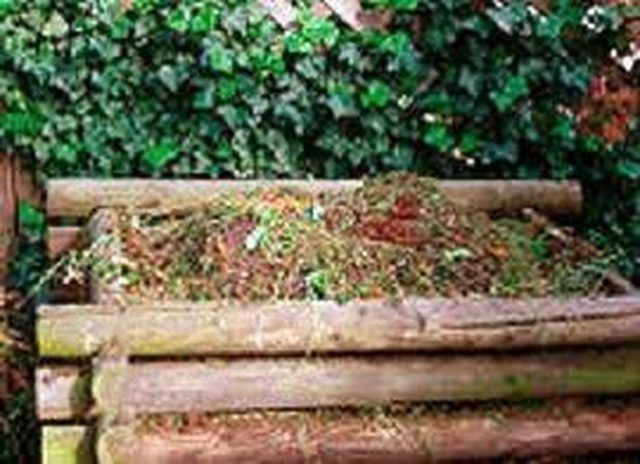
Step 4
Use post-emergent broadleaf Weed-n-Feed. Thicker-leaved varieties of Bahia grass, like Argentine and Pensacola, are more susceptible to broadleaf weed killers than are newer, finer-leaved varieties. Always use herbicides in the recommended strengths; wear protective clothing; and wash equipment and hands after finishing applications.
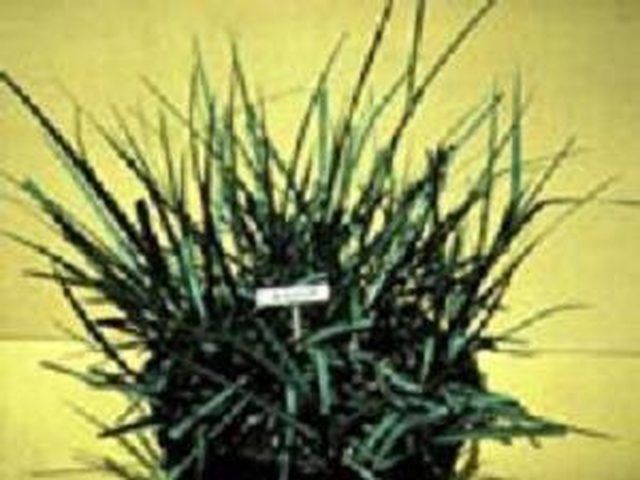
Step 5
Use a targeted herbicide like "Cimarron" (previously known as "Ally"). Tifton-9 Bahia grass is 1 of the most-recent types of Bahia grass to be developed. This variety tolerates some shade, over watering and can be mowed fairly short. It is, however, susceptible to "Cimarron." The variety Pensacola, common in the southernmost tier of states including Florida, is also susceptible to this herbicide. Older varieties, like common, Argentine, and Paraguayan varieties, were found to be tolerant to the herbicide in tests conducted by the University of Florida in the 1990s. A more general herbicide would be needed for these varieties.
